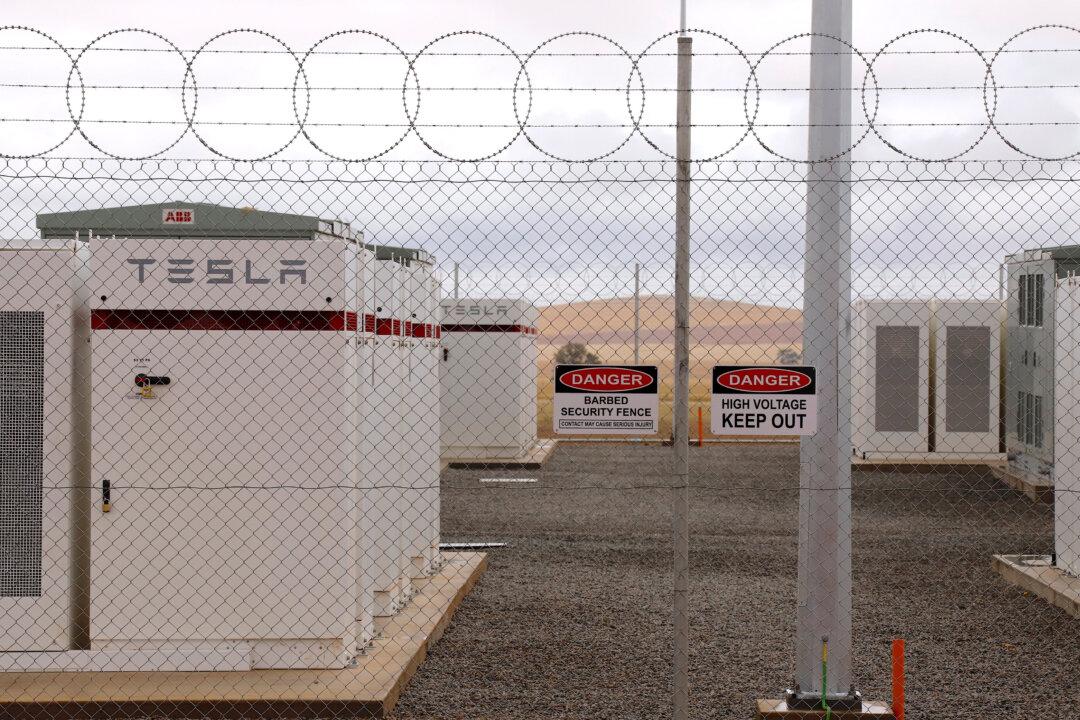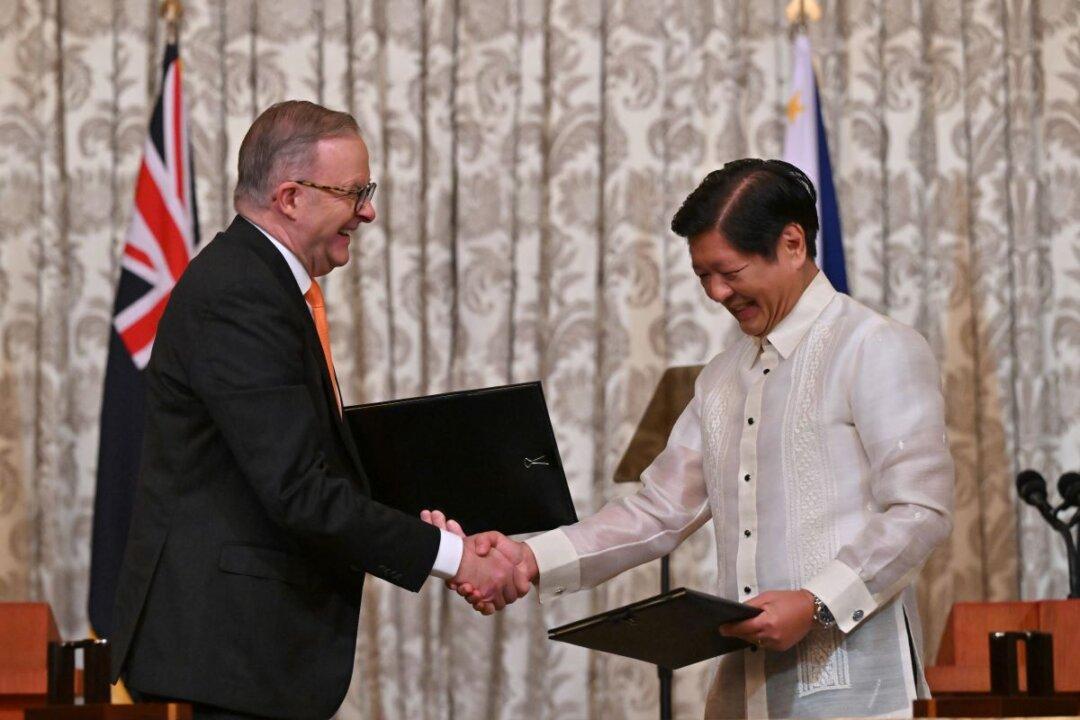More than 3000 public houses will join South Australia’s (SA) latest Tesla renewable power project, delivering lower power bills, and improve the electricity grid across the state.
The new installations properties will bring the total to 4,100 houses involved in the scheme to become part of South Australia’s first virtual power plant (SA VPP), which Tesla said will eventually include 50,000 private and public houses.




